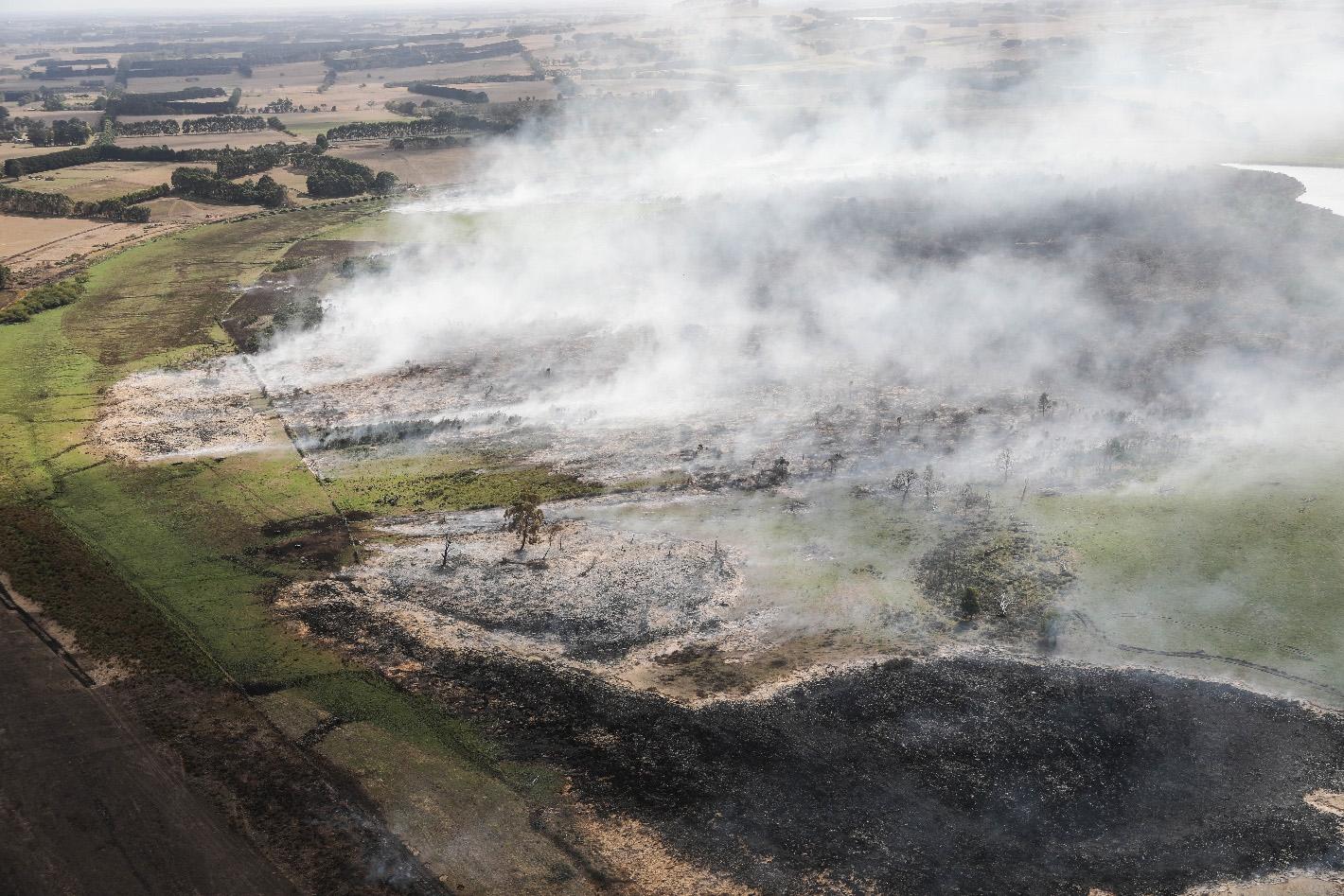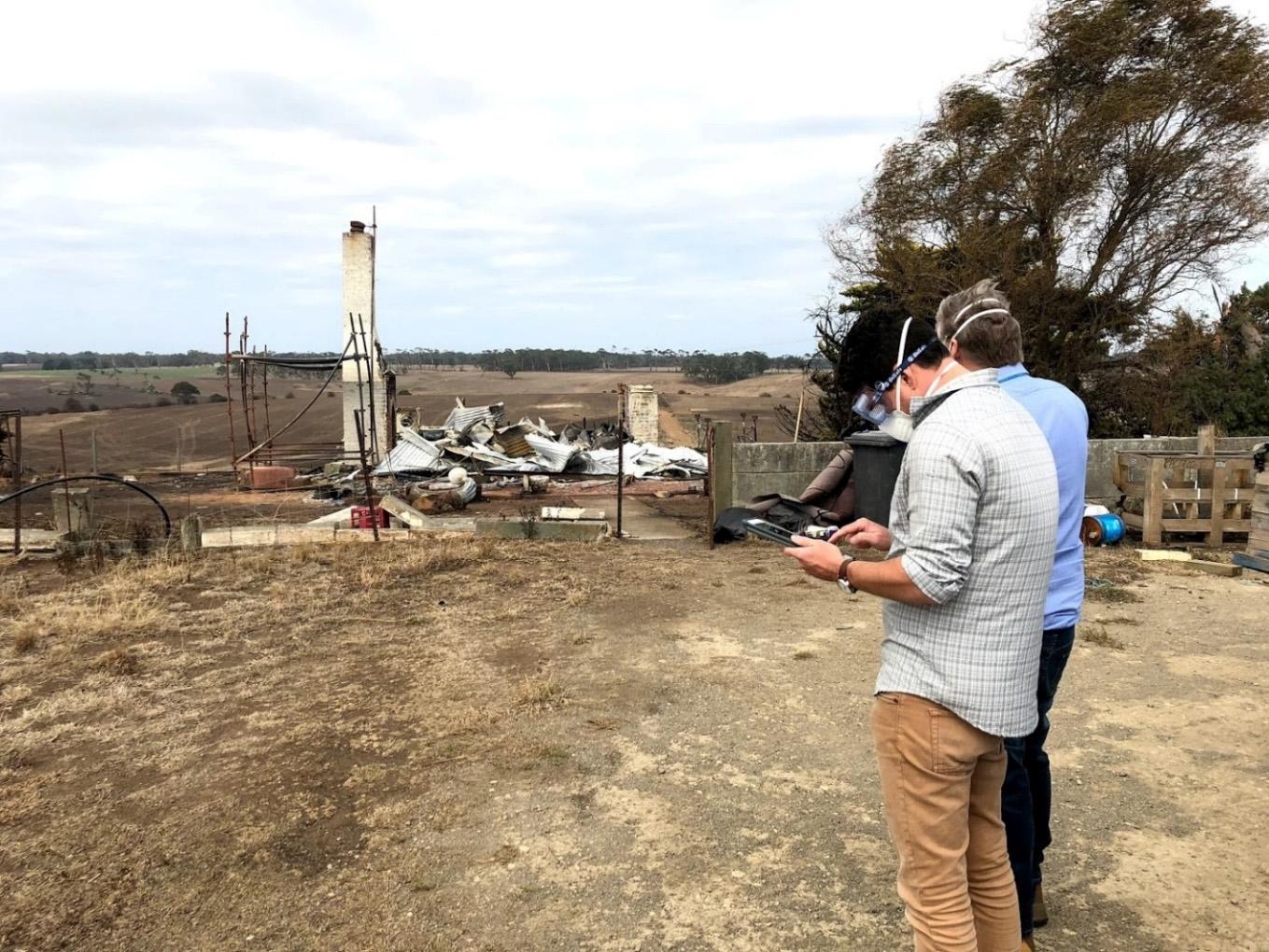Review of impact assessment and consequence management
Cobden-Terang peat fires in March 2018 (Image: Emergency Management Victoria)
4.3 management scope, responsibility FindingConsequence 13 The Inspector-General for Emergency Management finds that: and capacity •
across all tiers stakeholders identified that a lack of scope clarity and a lack of coordination between and across tiers results in duplication and unintended negative consequences.
•
roles and responsibilities of the Emergency Management Commissioner and sector organisations were unclear.
•
for regional and local tiers, limited capacity and resources were identified as a barrier to applying an effective consequence management approach.
State tier scope and responsibility The definition of consequence management within the 2013 Act focuses on the coordination of ‘services or infrastructure which is, or may be, affected by a major emergency’ [p.34; 1]. The EMC is responsible for the coordination of consequence management as it is defined in the 2013 Act. Other organisations in the sector also have responsibilities similar to consequence management [90]. The Security and Emergency Management Committee (SEMC) and SCRC have broad and comparable consequence management responsibilities. For instance, SEMC provides ‘oversight of preparedness, prevention, response and recovery for major emergencies requiring whole-of-government coordination’ [p.8; 90].
55






